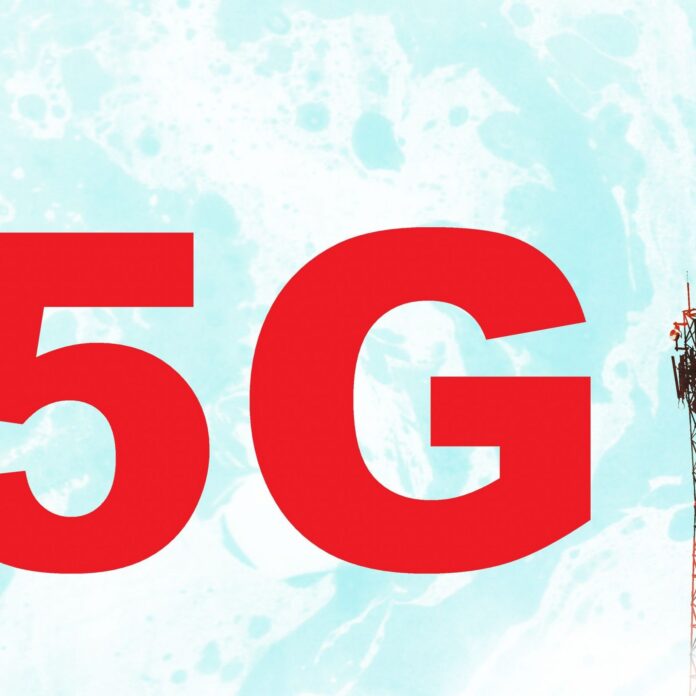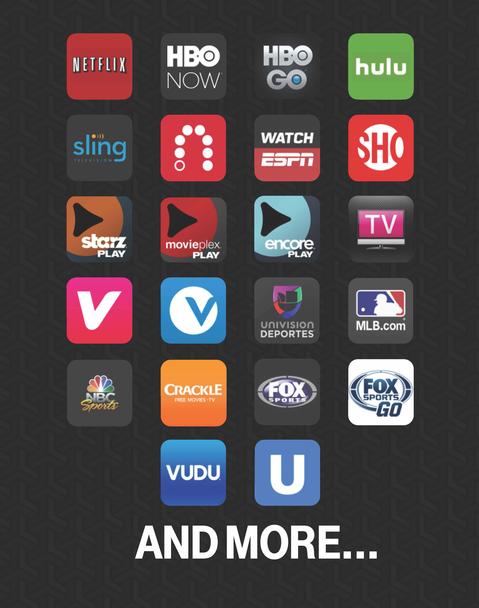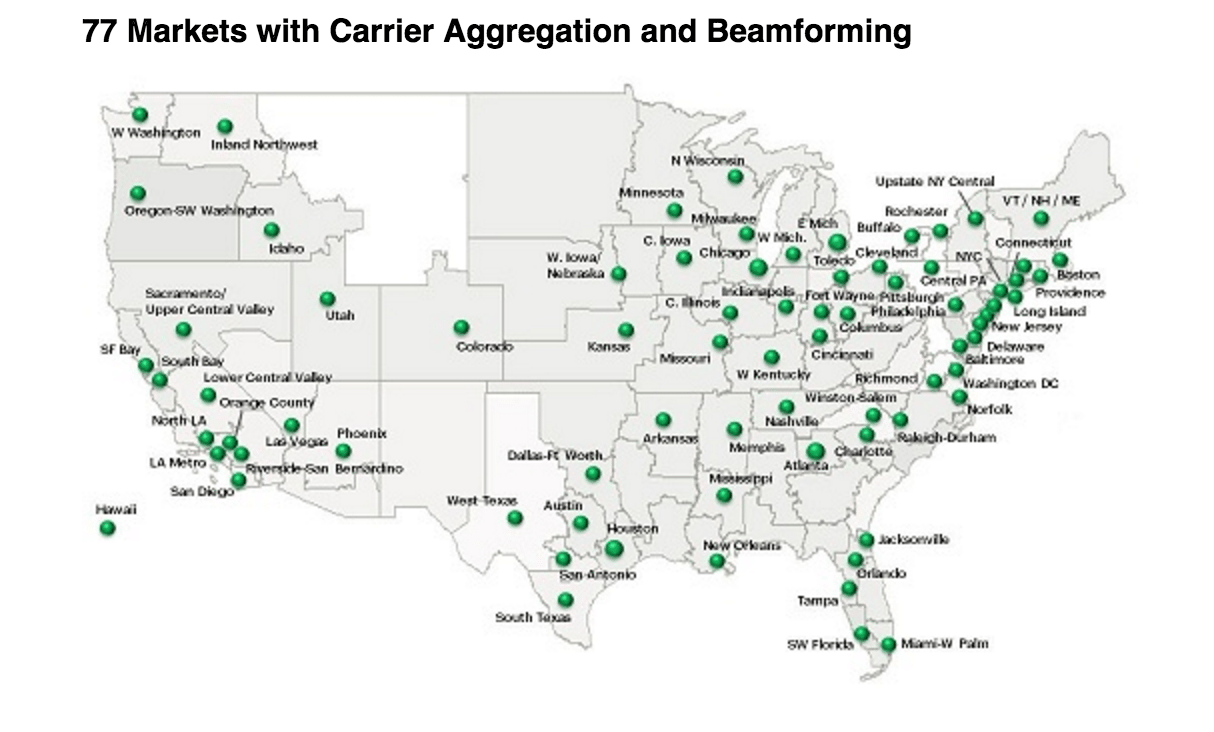WASHINGTON – Next-generation “5G” mobile networks remain years away from standardization, but the lack of formal definitions and speculation hasn’t deterred major international interest and investment.
In the U.S., the four major carriers – Verizon Wireless, AT&T Mobility, T-Mobile US and Sprint – have to some extent outlined strategies and expectations around 5G. The broad consensus is that 5G will need to provide super-fast throughput across multiple types of access networks including support for Wi-Fi, LTE-Unlicensed and more.
However, the carriers are far apart on agreeing when and how 5G will become a reality. Here’s an in-depth look at the state of 5G for the 4 big carriers.
Verizon Wireless
Verizon Wireless is the company most enthusiastically moving toward 5G. Verizon has described 5G as enabling 50 times the network throughput of current LTE networks, latency in the single-digit millisecond range, and the ability to support increased network demand from a growing number of connected devices and the “Internet of Things.” Verizon Wireless plans to begin trialing 5G systems next year with some level of commercialization in 2017.
Roger Gurnani, EVP and chief information and technology architect for Verizon Wireless, said 5G is no longer a dream of the distant future.
“We feel a tremendous sense of urgency to push forward on 5G and mobilize the ecosystem by collaborating with industry leaders and developers to usher in a new generation of innovation,” Gurani said.
Verizon has also emphasized the importance of video streaming and is focused on maintaining a network that can handle its customers binge watching an entire season of their favorite shows in high definition without excessive lag. Gurnani painted a bright picture for Verizon Wireless’ 5G endeavors: “The future is going to bring more stuff that I can’t really describe. We can’t possibly envision the full range of disruptive products and services. But we have some possibilities.”
https://youtu.be/VgGuCfD918o
AT&T Mobility
AT&T Mobility jumped head-first into development of IoT, LTE-U and video streaming, but has taken a cautious approach to 5G and has largely been dismissive of Verizon Wireless’ bold promises.
During the recent CTIA Super Mobility trade show, AT&T Mobility CEO Glenn Lurie said, “We’re not at a point to be making promises or commitments to customers as to what 5G is. We, as an industry, have been really good at overpromising and under delivering when it comes to new technology.”
AT&T Mobility seems to be waiting on standardization bodies to agree on what exactly 5G is prior to committing to timetables.
“Let’s make sure that before we start hyping what it’s going to be, that those standards are agreed to,” Lurie said.
This isn’t to say AT&T Mobility isn’t looking at 5G; in fact, the carrier has made numerous incremental investments, particularly around video transmission/content ownership and the IoT, to prepare for the next generation of services and delivery promised by 5G.
T-Mobile US
In the past year, Deutsche Telekom-owned T-Mobile US, capitalizing on aggressive marketing and a customer-centric branding effort, has surpassed Sprint to become the No. 3 domestic carrier.
As it relates to 5G, T-Mobile US seems to be taking a conservative approach. SVP of technology Dave Mayo recently pointed out, “There’s a difference between branding something as 5G and creating an as yet unstandardized 5G network.”
Company CTO Neville Ray discussed 5G as a function of growth in another interview: “The thing that excites me in 5G is that’s a big part of what 5G is about. It’s about, how do we deal with incredible growth that’s coming at the industry?”
Ray emphasized 5G needs to be compatible with the growing IoT ecosystem. In terms of emerging data-heavy services, T-Mobile US is establishing itself in video- and music-streaming delivery with its respective Binge On and Music Freedom plans, which let people watch their favorite shows and listen to music without using data from their plan. Binge On, for instance, provides reduced resolution streaming that doesn’t count against a customer’s data bucket in partnership with streaming platforms like Netflix, Hulu and more.
Sprint
Sprint, which is going through a $2.5 billion cost cutting exercise coupled with a corporate decentralization plan, seems to be the most guarded of the four major U.S. carriers regarding 5G.
Sprint senior research scientist Scott Migaldi, during a presentation at a 3rd Generation Partnership Project meeting, said he didn’t expect to see 5G systems deployed in the U.S. before 2020, adding he expects SK Telecom in South Korea or NTT DoCoMo in Japan to lead the way on 5G.
Sprint’s CNO John Saw told the press, “Whatever 5G ends up to be, it will be based on leveraging what we built for 4G. It’s the foundational layer for whatever 5G becomes. Hopefully no one jumps the gun on calling it 5G. It has to be really different than what 4G can offer.”
With that emphasis on 4G, Sprint has recently rolled out what it calls LTE Plus in 77 major markets. LTE Plus builds on the LTE-Advanced standard. Sprint’s new offering includes carrier aggregation of 800 MHz, 1.9 GHz and 2.5 GHz spectrum bands, as well as antenna beamforming designed to take advantage of Sprint’s eight transmit, eight receive LTE radios. Saw said the performance improvements are most visible at the cell edge and indoors.
What it all means
The next generation is coming. It isn’t a question of if, rather a question of when and what, and it will need to be able to handle huge loads of traffic from IoT systems, video streaming, next-generation voice service like VoLTE and futuristic applications like those associated with the tactile Internet.
And it will need to be faster and more reliable than current “4G” LTE networks. As with 4G, 5G is likely to emerge not all at once but in a series of incremental improvements carriers will make then build upon.



